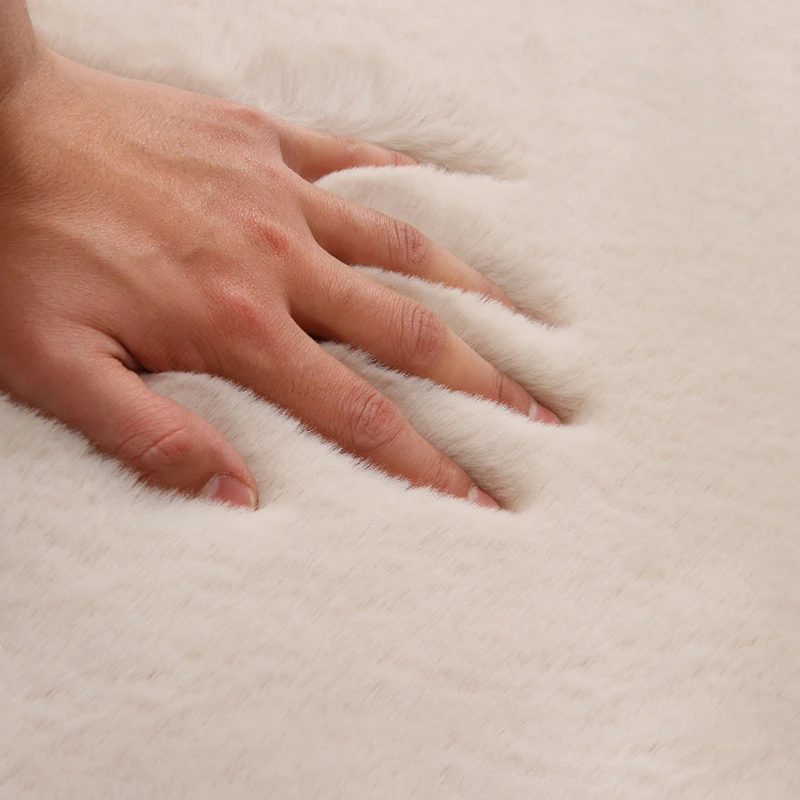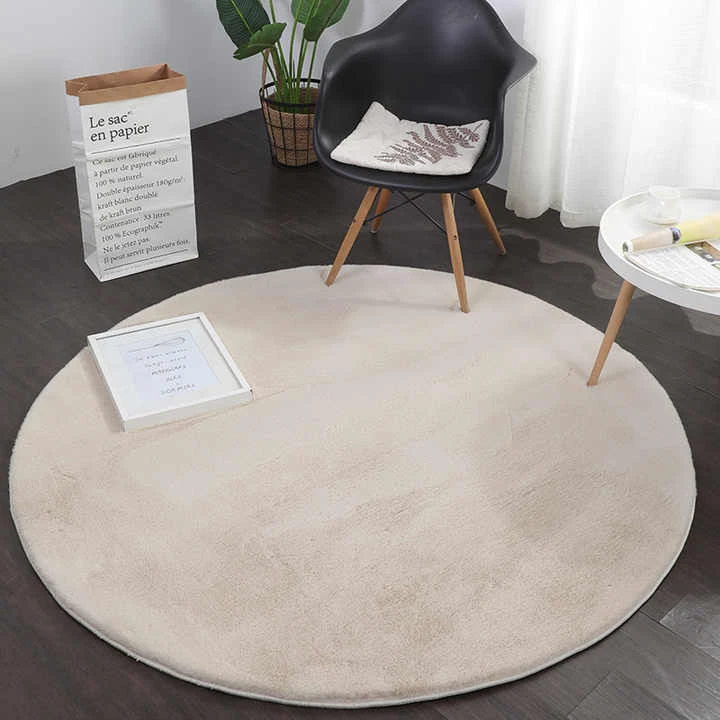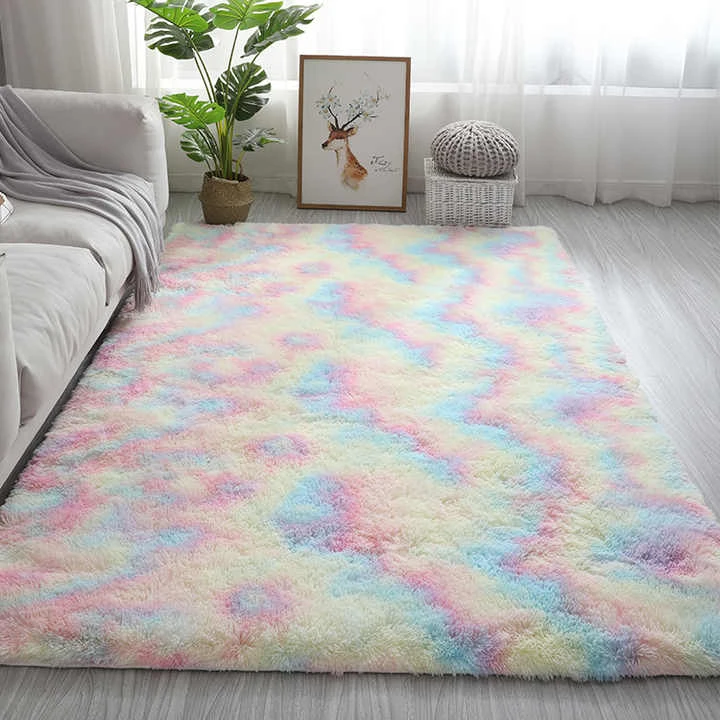

different types of carpet styles
Carpet styles are as varied as the spaces they adorn, offering a plethora of options to suit practically any interior design preference. Understanding the different types involves delving into the materials, textures, and overall aesthetics that make each carpet unique. A well-chosen carpet not only enhances the tactile comfort of a room but also adds a definitive style that anchors the overall ambiance.
In contrast, synthetic carpets, made from fibers such as nylon, polyester, and olefin, dominate the market due to their affordability and resilience. Nylon, the most popular synthetic fiber, is known for its versatility and ability to resist mildew, staining, and fading, making it ideal for almost any environment. Polyester carpets provide a vibrant choice with an attractive, soft texture. They're less durable than nylon but offer excellent resistance to water-based stains, making them a practical choice for bedrooms and low-traffic areas. Olefin, or polypropylene, carpets are highly resistant to stains, moisture, and mildew, perfect for basements, playrooms, or outdoor applications. Texture plays an enormous role in the perception and functionality of carpets. Textured carpet, with varying tuft heights, reflects light differently, creating a casual and forgiving look that helps conceal dirt and footprints. It's a practical choice for family rooms and busy households. On the other hand, frieze carpets, known for their tightly twisted yarns, offer a more plush feeling and a visually dynamic texture. They exude a carefree, somewhat whimsical style, working well in informal spaces. Patterned carpets are increasingly gaining traction among homeowners and designers for their ability to add a distinctive graphic element to a room. These carpets utilize variations in pile height and colors to create intricate designs, demanding attention and providing a focal point within a space. Patterned carpets can elevate the look of hotel lobbies, boardrooms, and chic dining areas, where design impact is paramount. Choosing the right carpet style involves considering the specific requirements of a space—its traffic level, need for durability, the desired aesthetic impact, and, of course, budget. An expert approach involves assessing how the carpet will harmonize with other design elements, such as furniture, paint colors, and lighting. Professional insight into carpet selection combines understanding fiber characteristics with practical aspects such as maintenance demands and longevity expectations. A well-informed choice ensures that carpets not only serve a functional role but also contribute to a coherent interior design narrative that stands the test of time. By blending aesthetic preferences with functional needs, one can select a carpet style that truly transforms a space, providing both beauty and practicality.


In contrast, synthetic carpets, made from fibers such as nylon, polyester, and olefin, dominate the market due to their affordability and resilience. Nylon, the most popular synthetic fiber, is known for its versatility and ability to resist mildew, staining, and fading, making it ideal for almost any environment. Polyester carpets provide a vibrant choice with an attractive, soft texture. They're less durable than nylon but offer excellent resistance to water-based stains, making them a practical choice for bedrooms and low-traffic areas. Olefin, or polypropylene, carpets are highly resistant to stains, moisture, and mildew, perfect for basements, playrooms, or outdoor applications. Texture plays an enormous role in the perception and functionality of carpets. Textured carpet, with varying tuft heights, reflects light differently, creating a casual and forgiving look that helps conceal dirt and footprints. It's a practical choice for family rooms and busy households. On the other hand, frieze carpets, known for their tightly twisted yarns, offer a more plush feeling and a visually dynamic texture. They exude a carefree, somewhat whimsical style, working well in informal spaces. Patterned carpets are increasingly gaining traction among homeowners and designers for their ability to add a distinctive graphic element to a room. These carpets utilize variations in pile height and colors to create intricate designs, demanding attention and providing a focal point within a space. Patterned carpets can elevate the look of hotel lobbies, boardrooms, and chic dining areas, where design impact is paramount. Choosing the right carpet style involves considering the specific requirements of a space—its traffic level, need for durability, the desired aesthetic impact, and, of course, budget. An expert approach involves assessing how the carpet will harmonize with other design elements, such as furniture, paint colors, and lighting. Professional insight into carpet selection combines understanding fiber characteristics with practical aspects such as maintenance demands and longevity expectations. A well-informed choice ensures that carpets not only serve a functional role but also contribute to a coherent interior design narrative that stands the test of time. By blending aesthetic preferences with functional needs, one can select a carpet style that truly transforms a space, providing both beauty and practicality.
Products

Can't Find The Carpets Wholesale And Services You Need?
If you need our help,
Our staff will be happy to help and answer your questions!

Variety
Carpets come in a wide range of colors, patterns, and textures to suit different styles and preferences.

Softness
They offer a plush, soft feel underfoot, adding comfort to any room.

Durability
Quality carpets are designed to withstand heavy foot traffic and last for years with proper care.

Maintenance
Carpets require regular cleaning, such as vacuuming and occasional deep cleaning, to maintain their appearance and hygiene.
Address
Floor 724 ,Building 7, No. 10, Tatan International Trade City, 118 Shengli South Street, Qiaoxi District, Shijiazhuang City, Hebei Province
Business Hours
Mon to Saturday : 8:00 am - 7:00 pm
Sunday & Holidays : Closed


















